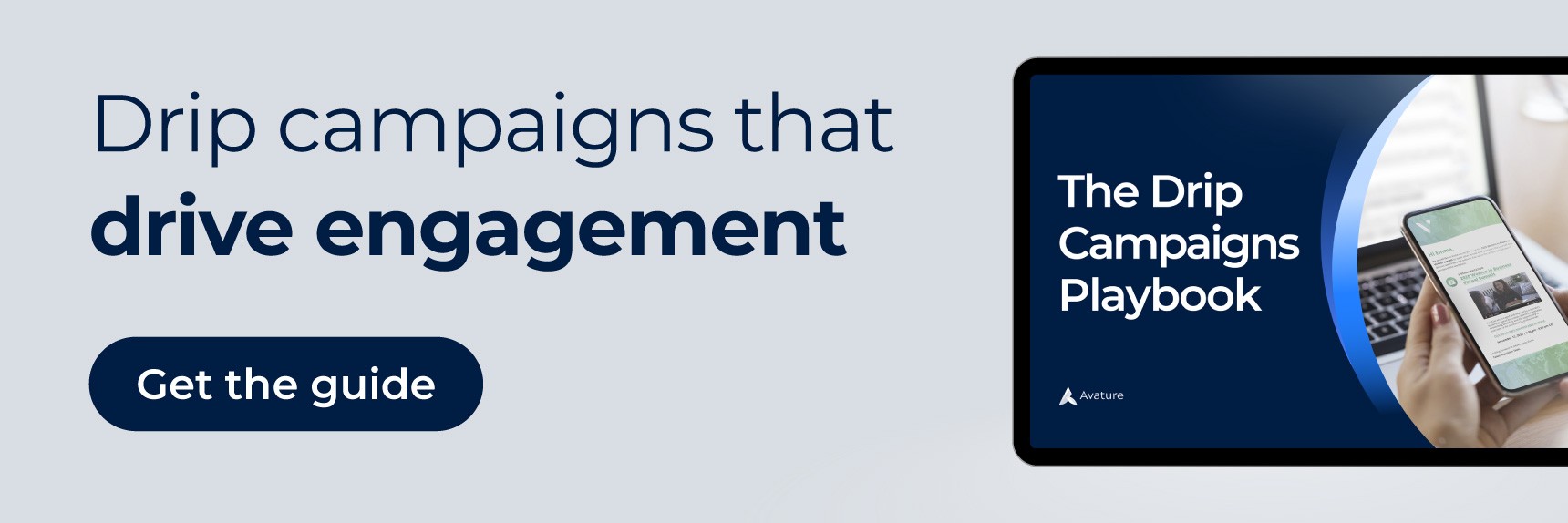In the dynamic landscape of talent acquisition, one strategy is emerging as a game-changer for recruiters: Recruiting drip campaigns. As the economy continues to grow, two undeniable trends persist: falling unemployment rates and a labor market that increasingly favors employees. A recent CareerBuilder survey highlighted that 86% of recruiters acknowledged the labor market’s candidate-driven nature in 2018. Consequently, 73% of recruiters grapple with the challenge of sourcing relevant candidates for their job requisitions.
The Power of Recruiting Drip Campaigns
Many recruiters consider passive candidates the solution to the current situation, but this strategy comes with drawbacks. There is a scarcity of talent for skilled roles, so most qualified talent is not actively looking for a job. Candidates who receive first contact from a recruiter are likely to expect a higher salary increase and may not be as enthusiastic about the new role.
The Challenges and Benefits of Implementing Recruiting Drip Sourcing Campaigns
Fortunately, organizations do not need to give up on sourcing active candidates. They need to change their approach. Recruiting departments are beginning to use techniques borrowed from marketers to attract a supply of inbound candidates. Jim Schnyder, SourceCon’s “GrandMaster Sourcer,” spoke with the Avature team about the strategy that he calls “drip sourcing.”
Schnyder said that the core of drip sourcing is “using timed messaging in a cadence to deliver a qualified lead or prospect through messaging that’s all automated.” Using Avature’s powerful segmentation and mass customization capabilities, lean recruitment teams can carry out large campaigns, contacting candidates with personalized, targeted messaging. By consistently keeping in touch with candidates, companies can ensure that they are “top of mind,” making sure they have a pipeline of candidates who are both relevant and engaged when a job opens.
When Schnyder begins a campaign, he schedules emails at regular intervals—often 30, 60, and 90 days. He varies the call-to-action within the messages. For example, he will ask candidates to update their information in one message and to go through a pre-screening questionnaire in another. He also makes sure to share relevant content in each message. “In drip sourcing, it’s not just a take, take, take from the candidate. There’s also an engagement, the give and the take.” Schnyder has used recruiting drip campaigns to share articles related to women’s leadership, veterans’ initiatives, STEM hiring programs, and other relevant content.
The Personalization Aspect Behind Recruiting Drip Campaigns
As many large organizations seek to hire employees from a diverse range of backgrounds and with varied skill sets, the same message may not resonate with all candidates. Avature’s email templates contain custom variable fields to allow teams to personalize campaigns based on a candidate’s marketing segmentation. This means recruiters can send personalized, customized messages to target candidates with particular skills, seniority levels, or specific work experience.
In addition to custom messaging, email templates allow for detailed engagement tracking. Within Avature, every click is recorded and used to build standard reports. Recruiting teams can compare click-through rates to determine the effectiveness of specific messages or calls to action or to understand which segmentation groups were most responsive to a campaign. “Senior leadership loves seeing the recruitment marketing analytics that comes right out of the system,” Schnyder said.
The mounting pressure to recruit in-demand talent is not slowing down—recruiting departments need to adopt new strategies to reach hard-to-find candidates and attract them with meaningful engagement. Adding recruiting drip campaigns to the recruiter’s toolkit helps build pipelines and encourage proactive engagement with the right talent at the right time—before there is a requisition to fill.



